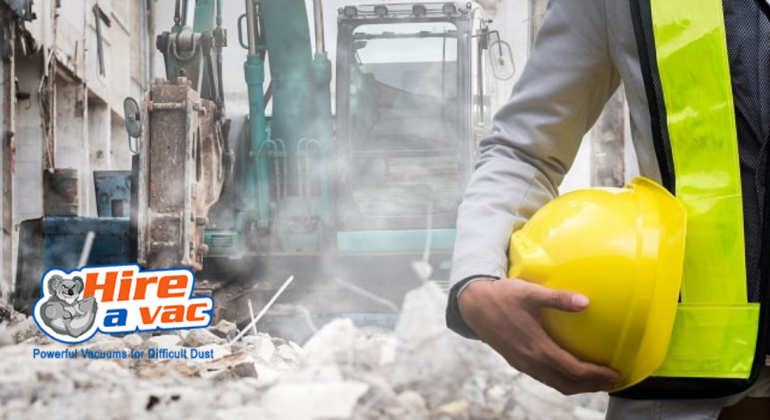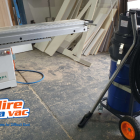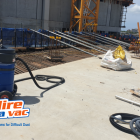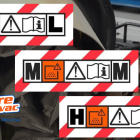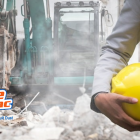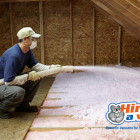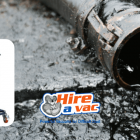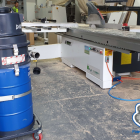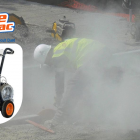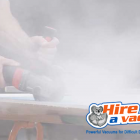It’s the festive season and there are many who will carry out remedial Projects! These projects are mostly DIY and even when they are carried out by professionals, the project contains one key aspect that gets neglected Dust Control. Old houses and properties contained a lot of such things and materials that contained hazardous dust such as Lead, Silica and Asbestos and one needs to protect themselves and their surroundings as long-term exposure to such dust can be fatal.
While most of these materials are not harmful, when people carry out certain activities like removing the paint from the wall, sanding the drywall, concrete grinding, and creating a lot of fine crystalline lead and silica dust that when inhaled can result in serious Lung diseases. To keep you and your surroundings safe, here are the ways you can control dust during your Remedial Project:
Construction dust can be an occupational hazard for workers and a nuisance for neighbors. If you are planning a construction project at your home or workplace, it is important to know how to manage the dust. Here is how:
Water down the ground.
Watering the ground before and after a job is complete can help keep the dust down. If you’re using a sprinkler system, make sure it’s set to turn on when needed. And don’t forget about watering the ground if it rains; water will get sucked up by dry soil, but will still leave behind some moisture that keeps the dust down.

Mulch and Vegetation
Mulch and vegetation are excellent ways to reduce dust at a construction site. Mulch provides a barrier between the ground and construction vehicles, which can help prevent erosion in areas where there is an abundance of water or wind. It also helps retain moisture, so if you’re planting grass or vegetation that needs frequent watering, mulch will keep it healthy and green longer than just regular soil would.
Mulching can be made from any material—tree limbs, straw bales, recycled plastic bottles—but wood chips seem to be the most common option for many contractors.

Lay down plastic or poly sheets.
You can lay down plastic or poly sheets to keep the dust down. For example, if you’re laying flooring down on a concrete slab, you can use polyethylene sheets or 4-mil plastic sheeting to keep the concrete from getting scratched.
It’s also important to consider how heavy and durable your products are before making a purchase. While you may think that these factors don’t matter because they’re going to be in place for an extended period of time if they aren’t up to par with what’s being done at your construction site it will make life very difficult for everyone involved in maintaining them—including yourself!
Chlorides
Chlorides are used to control dust on dirt roads. Chlorides are also used to control dust on construction sites. They’re even used to keep the dust down on unpaved areas, like parking lots.
Chlorides are made up of sodium and chloride ions that break up the agglomeration of soil particles and allow them to be transported away more easily by rainwater or irrigation water (Cullen et al., 2009).
Tackifiers and Soil Stabilizers
Tackifiers and soil stabilizers are used to control dust, especially in construction sites where the soil is unstable. Tackifiers are water-soluble polymers that create a chemical bond between the particles in the soil, which prevents them from becoming airborne. Soil stabilizers are organic chemicals that bind with oxidized minerals like iron and manganese (oxidized minerals can cause rust), preventing them from breaking down into fine particles.
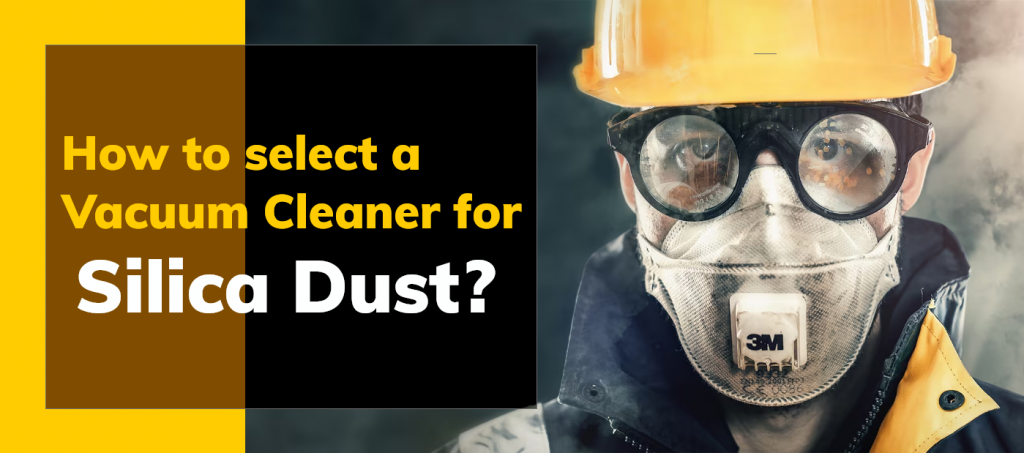
Barriers
You can also use barriers to keep dust from spreading. For instance, consider using walls or fences that surround the site to prevent it from being disturbed by passing cars or other vehicles. If you are working in an open area, such as a field or on a road, consider using tarpaulins or plastic sheeting to cover the ground and contain any contaminants if they fall from above.
Stone
Stone is a good way to control dust. Stone is porous, so it can absorb dust and help keep it from blowing around the site.
You can use stone in several ways to control dust:
- You can lay down stones on your property or construction site in order to control the spread of dust. This will help keep your employees safe from inhaling harmful particles, which could lead to respiratory problems, such as asthma or bronchitis. Plus, laying down stone will make for a smoother surface for you and your workers’ feet; this helps reduce injuries such as sprained ankles or even fractures!
- You could also try using rocks as landscaping features around your home—they’re great eye-catchers! They’ll also serve double duty if they’re designed with an area that collects water at its base: when rainfall hits these areas (this type of water collection feature is called “irrigation”), it’ll filter through all that rock before flowing away into local sewers or aquifers (whatever’s available). That way not only do you get beautiful landscapes but also less pollution!
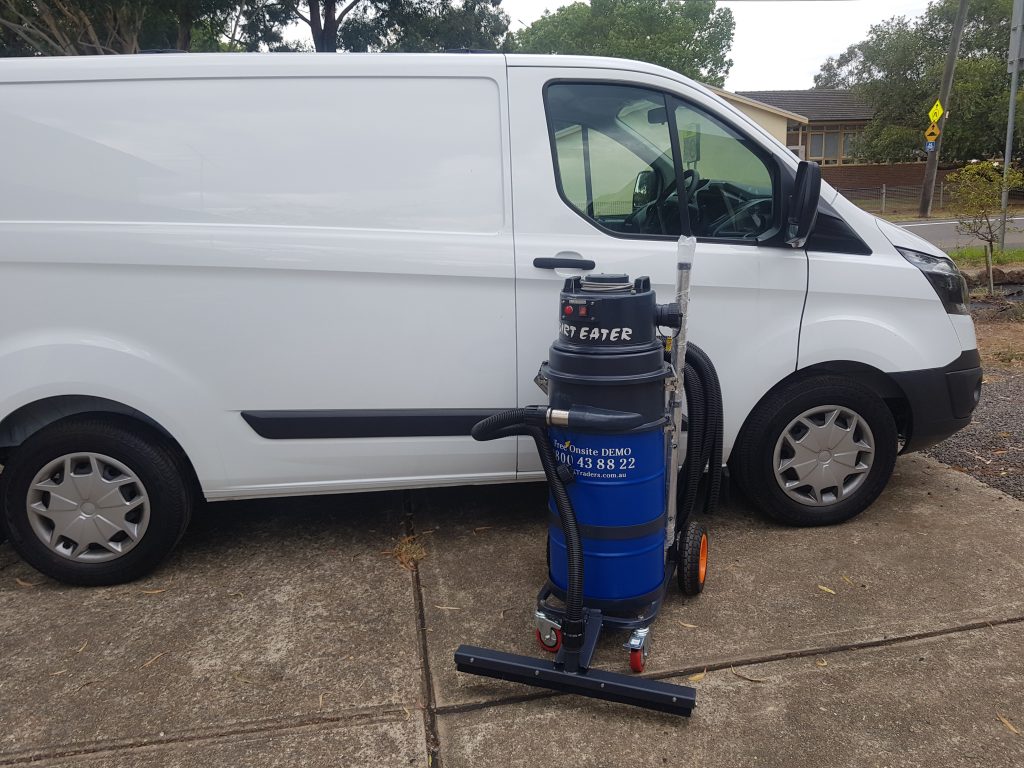
Sweep Equipment
Sweep equipment is a tool that can collect dust and dirt, an alternative to industrial vacuums. Sweep equipment is available for purchase or rent and can be used in large areas. The sweep equipment may be used with Wet and Dry Vacuum Cleaners, depending on the type of surface being cleaned and whether it is appropriate to use water.
Get rid of waste immediately.
There are a few different ways to get rid of dust at your construction site. The first is to sweep up the dust immediately after it is produced, or if you have time, Hire a vacuum cleaner to remove it. Then, in order for your floors and surfaces not to be covered with dust, later on, wipe them down with a wet mop or cloth as often as possible. This way, any extra particles that might settle on these surfaces will be removed before they can do damage by scratching or simply getting into everything else!
Conclusion
You should take your time to properly prepare for a construction site. Dust can be dangerous and cause serious health problems. It is important that you get rid of dirt as soon as possible so that there is no need to worry about it later on down the road!
Builders can use many methods to reduce the dust, such as covering stockpiles, using dust catchers on equipment, placing sweepings in a bag or box before disposal, using water to suppress dust, and installing dust screens around the site’s edges.

Call our technical team now for a consultation. Toll-free +61 1800 438 822 or Email Us On bookings@hireavac.com.au.

